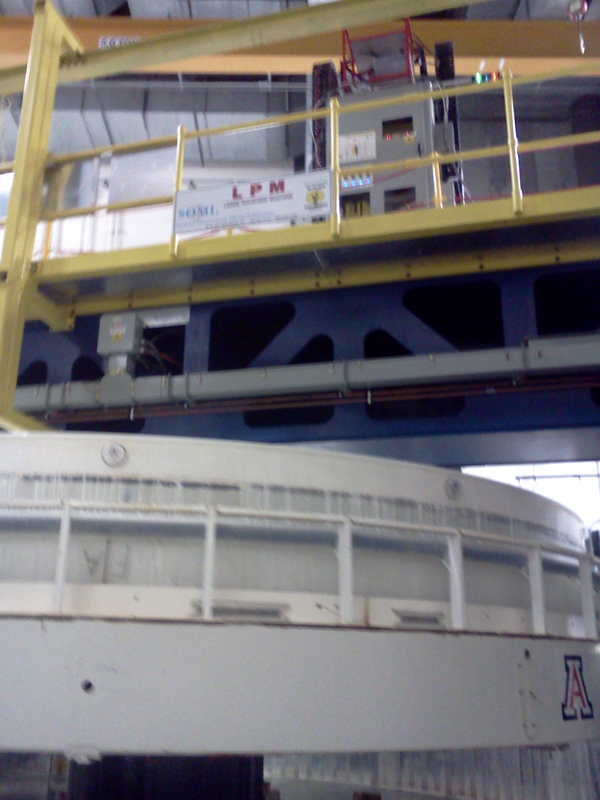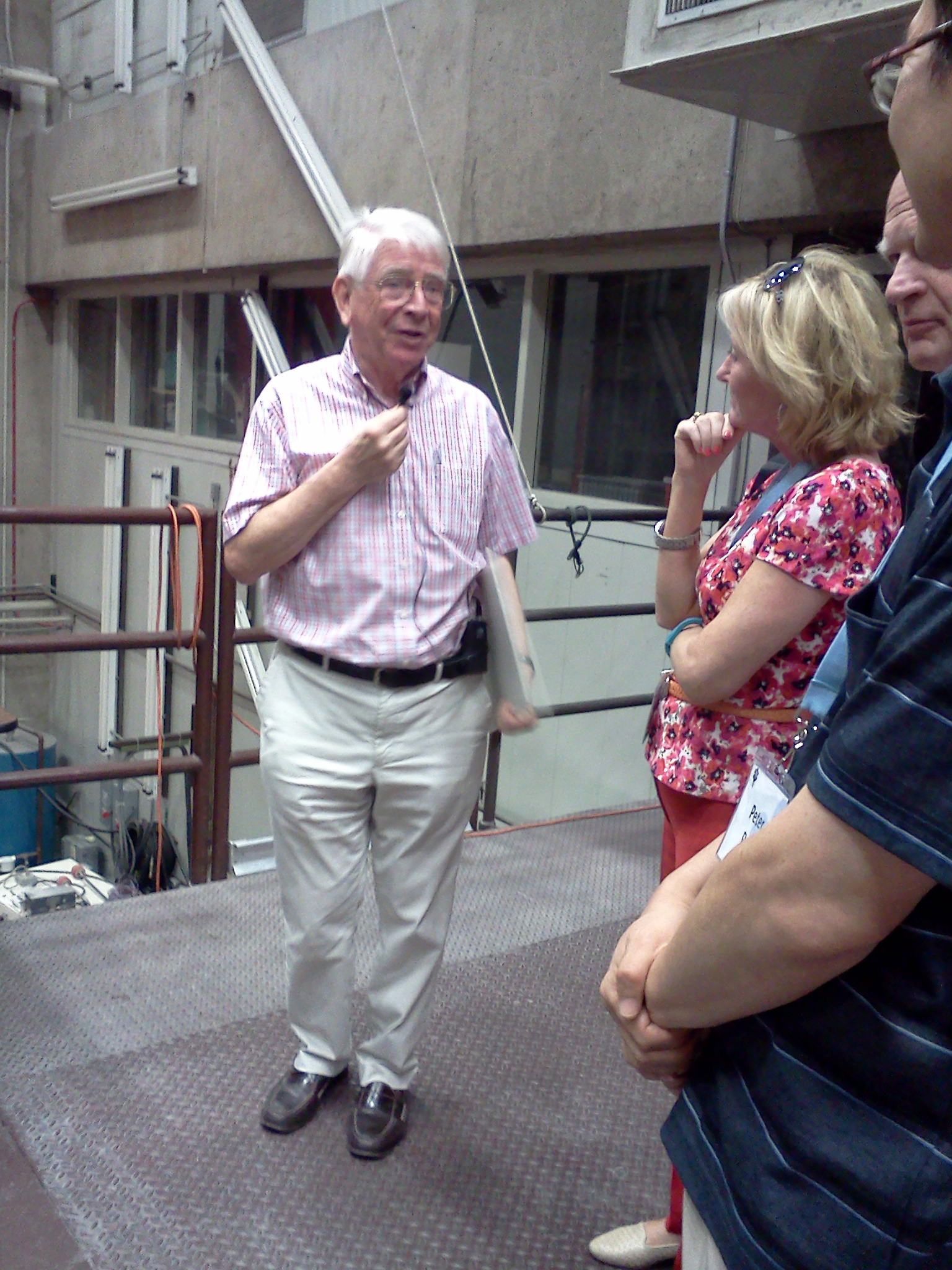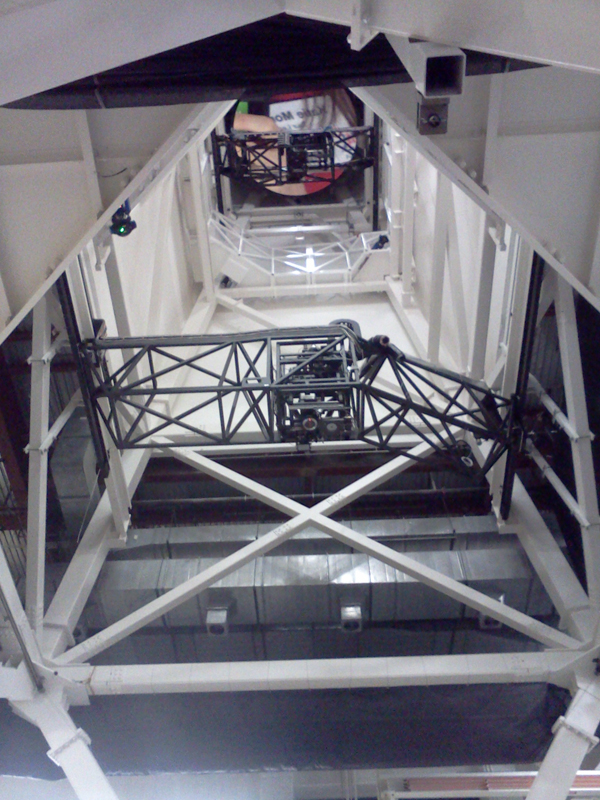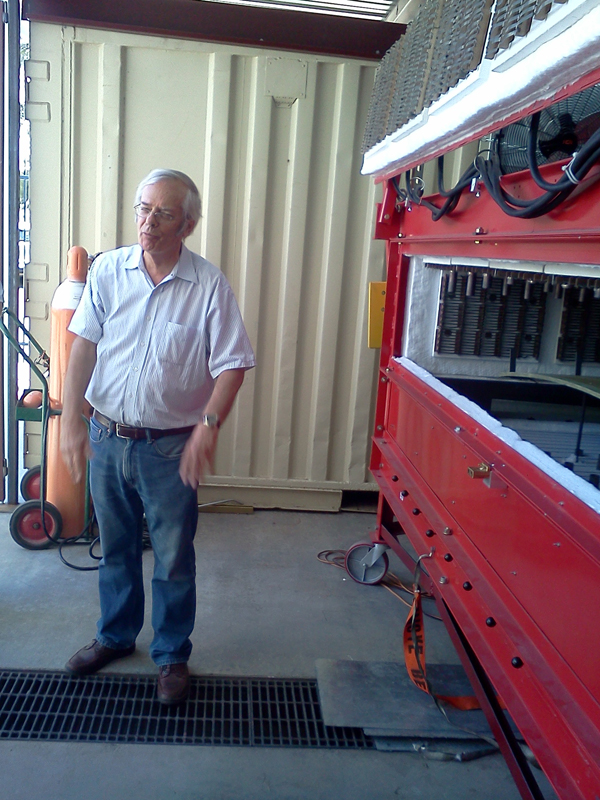MagAO and VisAO got a lot of press last week, when we announced our first-light results — demonstrating diffraction-limited imaging with 0.02 arcsecond resolution. This is the finest resolution of any filled-aperture long-exposure images ever taken! See the press release here.
But did we ever tell you where the Magellan telescope primary mirrors come from?
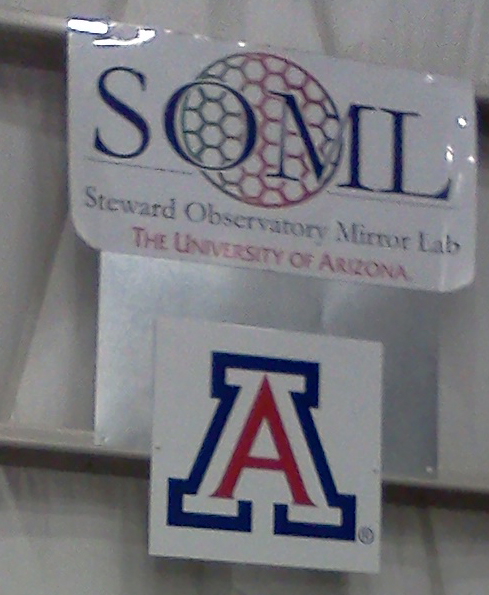
They come from the Steward Observatory Mirror Lab (SOML) and it is the only facility in the world making giant self-supporting monolithic mirrors. Testing and polishing is also done right here in the facility. At the SOML the techniques were researched, developed, and executed by a team led by Roger Angel (who was awarded the Kavli Prize for his work). All of our beautiful images coming out of MagAO and VisAO would not be possible if the telescope mirror wasn’t producing an amazingly flat wavefront. The primary mirror must be stiff and strong, but also quickly responsive to changing temperatures for maximum stability. This is accomplished by an innovative hollow honey-comb structure for the glass mold that is both strong and lightweight. The glass is melted in a 2000-deg.(F) furnace spinning at 5 rpm to produce the proper shape, before being polished to a perfection of 20 nm rms.
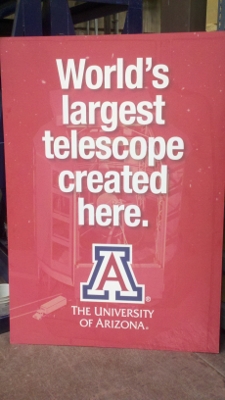
This past Saturday was the casting of the GMT3. The Giant Magellan Telescope (GMT), not to be confused with the Somewhat-Less-Giant Magellan Telescope, is a 25-m-diameter telescope being built for use at Las Companans Observatory in Chile. The GMT will be on a neighboring peak to our own at LCO. Once we get tired of MagAO/VisAO images (lol), GMT will be one of the next telescopes producing the highest-resolution images ever!
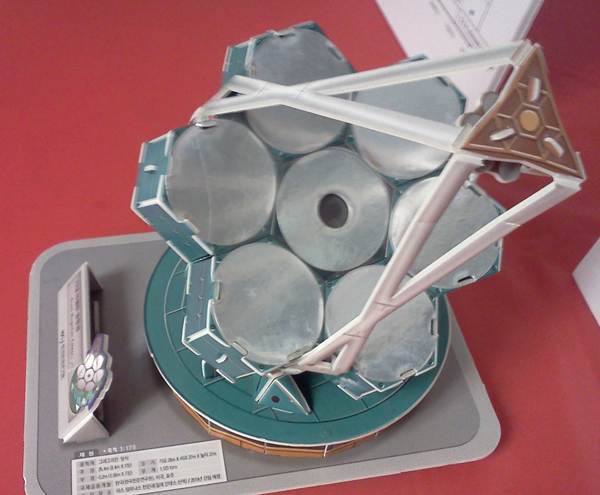
GMT3 is the third off-axis segment for the GMT. The first and second segments have been cast, and this past weekend marked the melting and beginning of the cooldown of the glass for the third segment. Here are some pictures and videos we took at the event. For the official stuff go here.
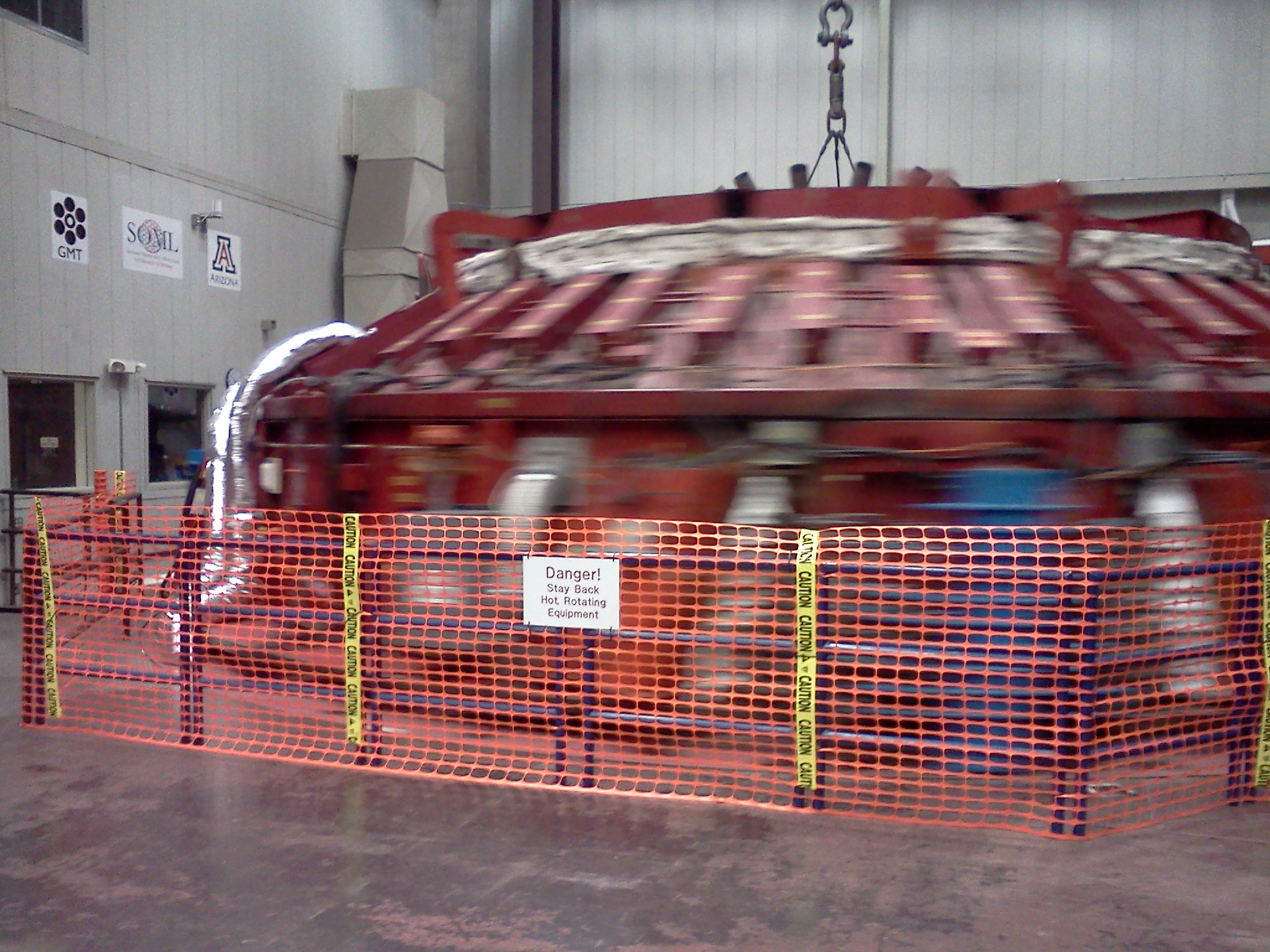
And here’re some videos of the action, showing the spinning oven:
The first two segments have already been cast and are stored in the mirror lab:
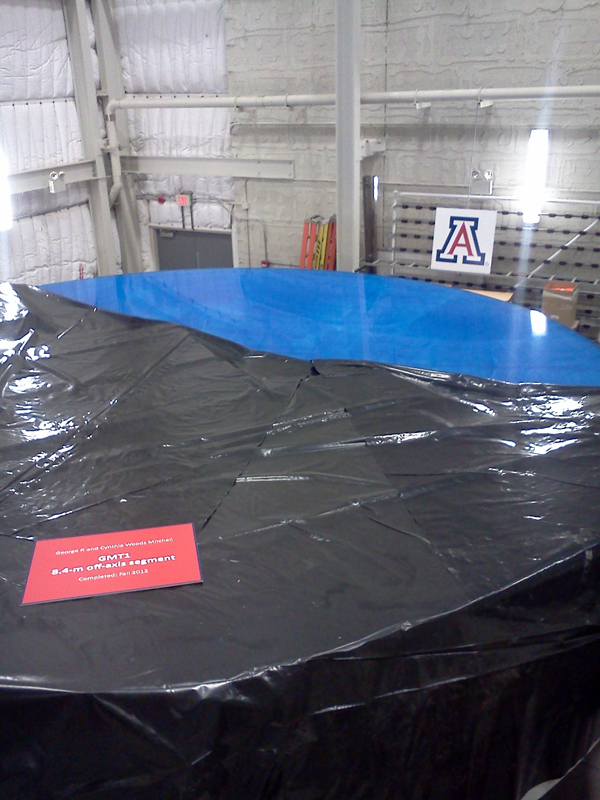
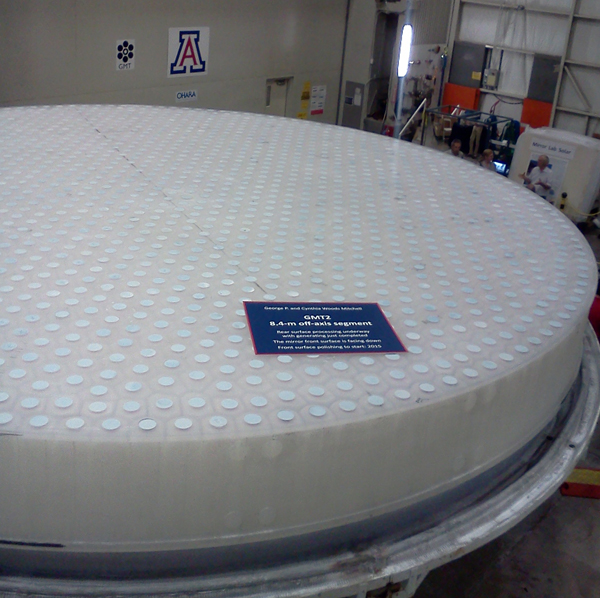
And here is the fourth segment… we’re halfway there!
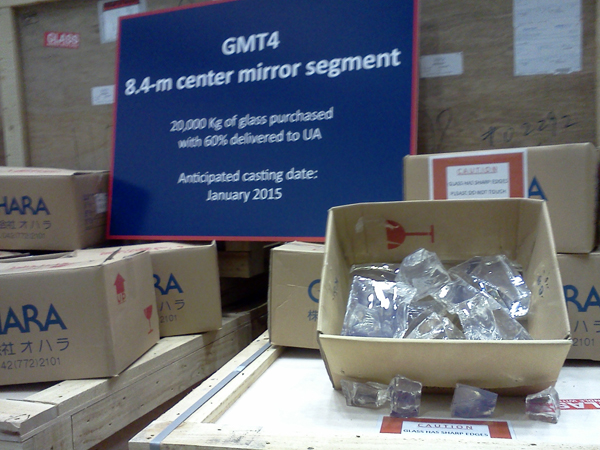
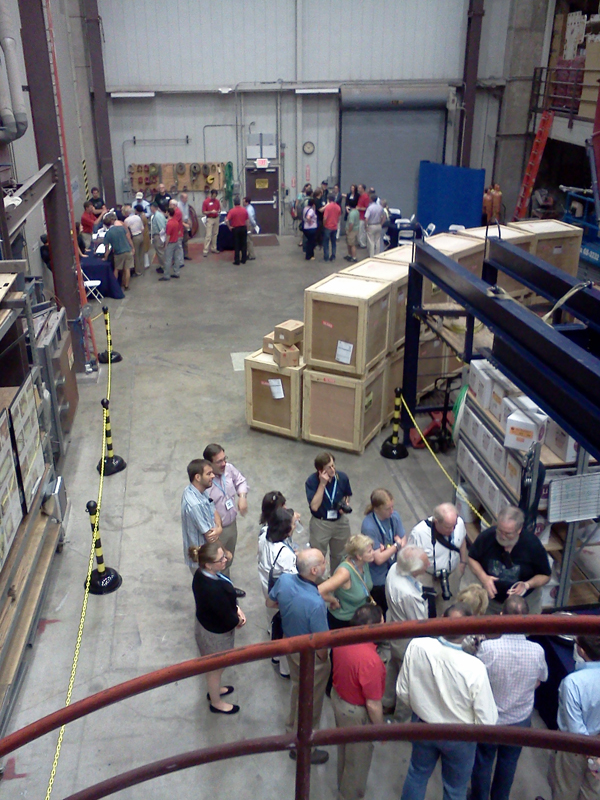
The mirror lab is hard at work on other projects too, 24/7. During the tour the LSST primary mirror was being polished:
